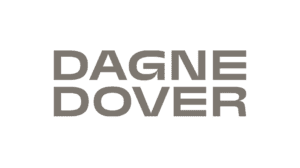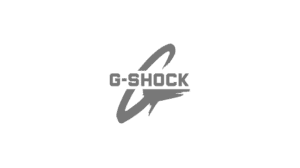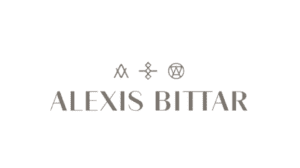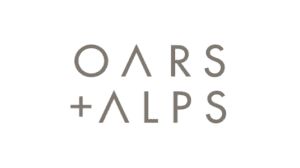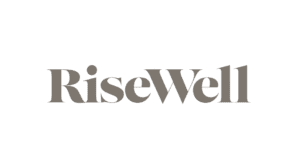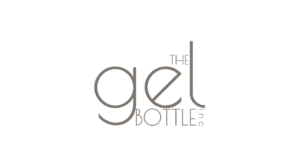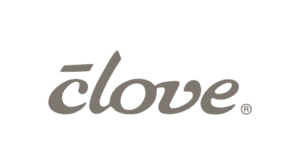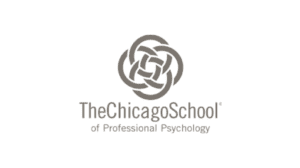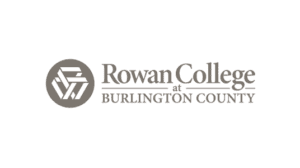Creative assets set the tone for your customers’ journey with your brand. The purpose of your creative strategy is to sustain a cohesive message across all digital marketing channels that supports your relationship with your target audience.
Use the following creative best practices and tips to create scroll-stopping assets for your social media, email, or branding objectives.
1 | Use consistent colors and fonts, but not too many
Of course, you want to use some color. But, using a consistent color palette is key to a successful brand identity. According to Mason’s Director of Creative, Shannon Gallaher, general practice is there should be two dominant colors and no more than four accent colors.
When it comes to fonts, have 1-2 fonts, one sans serif, and one serif. Many brands also use a decorative or script font, which is great, but decorative fonts should be used sparingly, 1-3 words at a time, generally.

If you have a strong brand identity already, it’s okay to experiment with color combinations if you use the same fonts and vice versa. But this should be for testing purposes only. The common question is, “What colors work best for my brand?” And, it’s a great question to ask! Colors send messages to consumers in the exact way words do.
Color psychology works. So, choose a color scheme that: a) relates to your industry and b) resonates with your consumers. If you want your brand to seem fun and relatable, try colors like pink, orange, and teal. If you want your brand to appear sophisticated and luxurious, try colors like black and burgundy.
2 | Assume no one watches your entire video ad
No matter how unique your video ad is, we know consumers digest more content quicker than ever before. So, deliver the essential information of your ad within the first 5 seconds of your video. It is possible they won’t linger even for a full five seconds, so you might want to display your logo within the first 1-2 seconds, so at least they see your brand.
Why bother creating a video if no one is going to watch the whole thing? Well, in addition to consumers having a short attention span, they also get bored pretty quickly. You want to provide them with a variety of ways to interact with your brand. Mix in video and animation with your static ads, but always deliver your message within the first few seconds.
3 | Use Short copy
Speaking of short attention spans, consumers will move on without getting your message if there is too much text in your creative. In general, it’s better to use the least amount of copy necessary to deliver your message.
One of the creative best practices is to avoid complicated words and jargon. Also, format your copy for readability. Use font weights, sizes, and colors to show emphasis or create a sense of impact. Focus on delivering the appropriate message, which is more important than being clever or funny. Unless you know your audience extremely well, your well-intentioned humor might not land favorably with everyone and may skew your creative’s message.
4 | Don’t go too heavy on the promos
Creative doesn’t have to be for promotional use only. You’ll want to make assets to drive engagement and build relationships with your audience using a variety of content. Here are some tips for bringing variety to your creative assets:
- A good promo to non-promo ratio is 1:4
- For every 9 posts, at least one should be about your brand, it’s mission, employees, or founders
- Use a mix of tips and tricks, reviews, products in use photos, lifestyle photography, or user-generated content to engage audiences
- Utilize the many features social media has to offer, including carousels, stories, and reels
- Regularly test alternative creative routes to resonate with different audiences and keep your content fresh

5 | Choose appropriate CTA’s
When choosing your call to action (CTA) for your advertising or email marketing campaigns, use the most appropriate one for your consumer journey. For example, in a welcome email you may want to say Learn More whereas on a product page you’d want to say Buy Now.
Don’t rush the consumer with a Buy Now or Shop CTA in every piece of content. Consider the touchpoint you’re making and ask them to respond accordingly. Also, only use one CTA at a time. It’s confusing if you ask for more than one action at a time. If your customer feels overwhelmed, they won’t take action at all.
In addition to following the above creative best practices, be sure to respond when viewers comment on your posts or stories. Remaining active by commenting and messaging followers is just as important to your online presence as having beautiful creative assets.
Working with a creative-performance marketing agency
Mason Interactive creates assets that provide a seamless brand experience for your target audience. Most of all, we’re performance marketing experts and implement creative performance testing techniques to help you make data-driven decisions for enhancing your brand identity. Contact us today for more information about our creative services.








